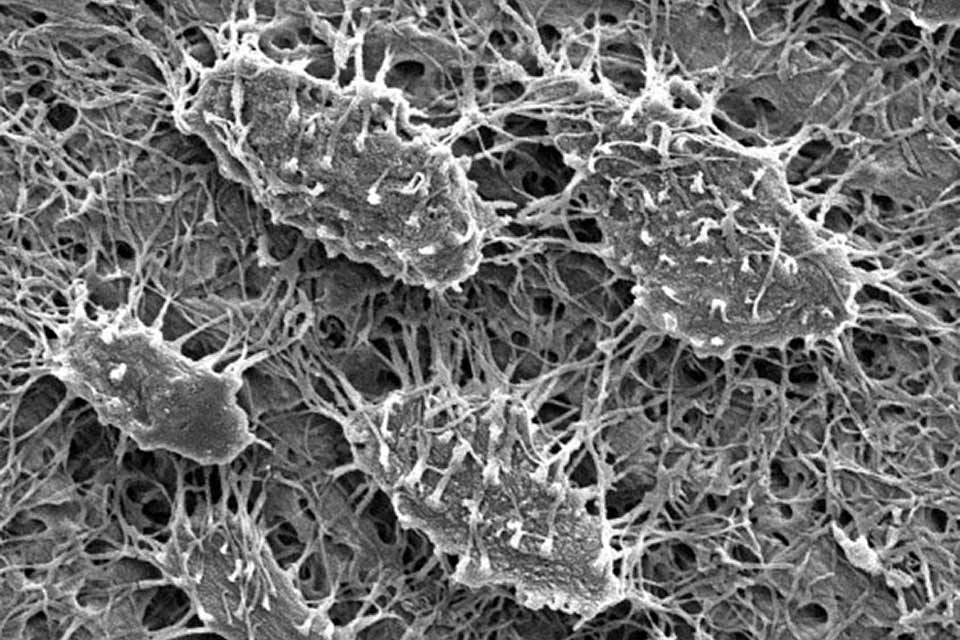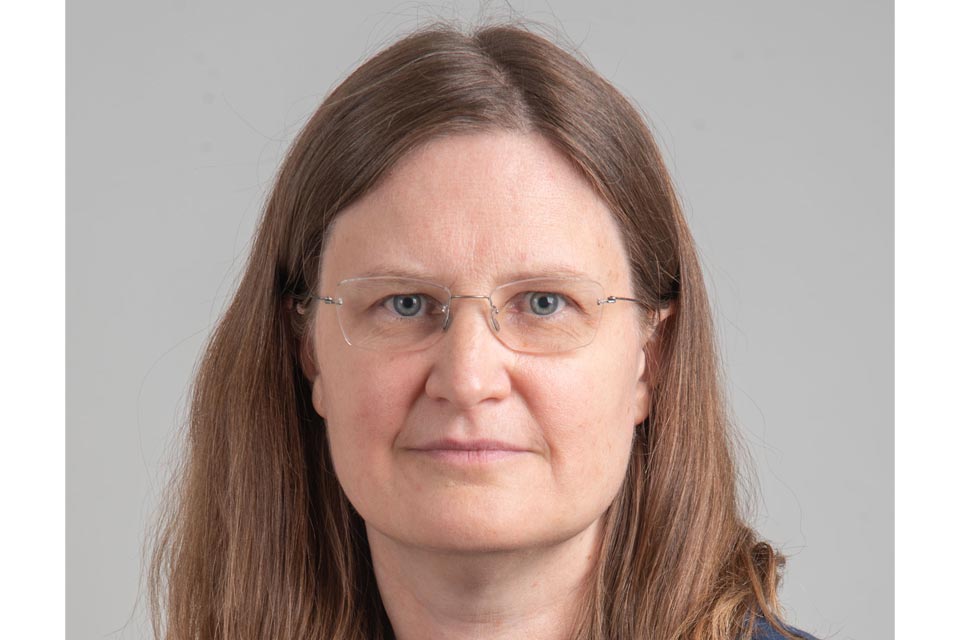Biological Rhythm Influences Bone Formation or Removal When Responding to Applied Forces

(Figure 1 - An image of bone cells called osteocytes, which are believed to be the cells that sense and respond to forces or weights.)
Have you ever wondered if the time of day at which you exercise is important? If you want to increase your bone mass, there is evidence indicating that exercise in the morning is more beneficial. We have known for a long time that mechanical forces are critical for successful function of bone. Bone forms or is removed to meet changes in the local mechanical environment. Exercise is the most efficient and cost-effective intervention to improve bone health. While it is clear that physical activity can enhance bone mass, it remains unknown if the time of day at which exercise is performed can alter bone formation or removal.
Most of us think of circadian rhythms (biological rhythm within 24 hours) as something in our body that is malfunctioning when we are jet lagged or adjusting to daylight savings time. Circadian clocks are an important set of genes in our body that act as timekeepers, which we are finding control an ever-increasing number of functions.
Bettina Willie, Ph.D., an investigator at Shriners Hospitals for Children Canada and McGill University, showed in a preclinical model that circadian rhythms affect new bone formation in response to mechanical loading. Her team identified that a gene called Sost, known to be a powerful bone mass regulator expressed by bone cells called osteocytes (Figure 1), is controlled by circadian rhythms. This research was published last year in the journal Bone.

Researcher, Bettina M. Willie, Ph.D.
What this means for humans still needs to be investigated, but her data suggests that exercising in the morning (at the beginning of the active phase of your 24 hour active/rest cycle) can increase your bone mass compared to exercising in the evening (at the beginning of the rest phase).
Dr. Willie funded this research using a Shriners Children's development grant awarded to her. This funding has now enabled her to obtain a five-year grant from the Canadian Institutes of Health Research to continue examining how circadian rhythms affect bone health.
Understanding how the circadian clocks in our body regulates bone mass will allow us to identify novel molecular targets that can be used as countermeasures for serious problems caused by severe lack in physical activity in children with reduced mobility and paralyzed individuals. This research can also help our medical staff, since it is known that night and rotating shift workers, such as nurses, display an increased incidence of bone fractures.
Keep In Touch
Join our mailing list to stay up to date on everything that's happening at Shriners Children's.
